-
WOODWARD: The manufacturer. As before, Woodward is a premier manufacturer of control systems, but their portfolio extends beyond engines and turbines to include generator protection and synchronization equipment.
-
LS-5: This is the Model Number or product family. The LS-5 is a specific line of Woodward controls designed for automatic synchronizing and load sharing of multiple generators.
-
CIRCUIT BREAKER CONTROL PROTECTION: This is the core function. This unit’s job is to manage the connection (closing) and disconnection (opening) of a generator’s circuit breaker. It does this safely by ensuring the generator is synchronized with the bus (or another generator) before closing the breaker. It also provides protective functions.
-
8440-2512: This is the unique Part Number for this specific module or board within the LS-5 system.
-
REV B: This stands for Revision B. This indicates the second version of the design for this specific part number. Revisions can include component changes, layout updates, or firmware improvements.
-
LS-511-5/P1: This appears to be a Drawing Number or an alternate Assembly Number. This number is often used for ordering the complete assembly, a specific kit, or for referencing the technical drawings for installation and wiring. The “/P1” suffix often denotes a specific program or configuration.
What is this Part? (LS-5 Synchronizer & Load Share Controller)
The Woodward LS-5 (P/N 8440-2512, Rev B) is a critical module within a generator control system. Its primary role is to manage the connection of a generator to another generator or to a main electrical bus.
Think of it as the “Air Traffic Controller” for generators. It ensures a “smooth landing” onto the electrical grid.
Its primary functions are:
-
Automatic Synchronization (Sync Check): This is its main job. It continuously monitors:
-
Voltage: The generator’s voltage must match the bus voltage.
-
Frequency: The generator’s frequency (Hz) must match the bus frequency.
-
Phase Angle: The phase rotation of the generator’s AC sine wave must be perfectly aligned with the bus’s sine wave.
The LS-5 calculates the difference and sends a “raise” or “lower” signal to the engine’s governor (like the Woodward 505 we discussed earlier) to adjust the generator’s speed. When all three parameters are within a very tight tolerance, the LS-5 sends a command to close the generator’s circuit breaker at the exact right moment.
-
-
Load Sharing (Load Demand): Once synchronized, if multiple generators are running in parallel, the LS-5 helps them share the total electrical load proportionally. It prevents one generator from being overloaded while another runs under-loaded.
-
Protection: It provides protection functions like:
-
Anti-Islanding: Prevents the generator from powering a section of the grid (“island”) that has been disconnected from the main utility, protecting line workers.
-
Over/Under Frequency & Voltage Protection: Can initiate a shutdown if parameters are dangerously out of bounds.
-
Where is it Used?
The LS-5 is a cornerstone of paralleling switchgear and generator control systems in facilities that require multiple backup generators or that generate their own power. This includes:
-
Hospitals & Data Centers: For critical backup power systems.
-
Marine Vessels: On ships with multiple auxiliary generators for hotel load and propulsion support.
-
Industrial Plants & Offshore Platforms: For primary or backup power generation.
-
Power Plants: For managing multiple generator sets.
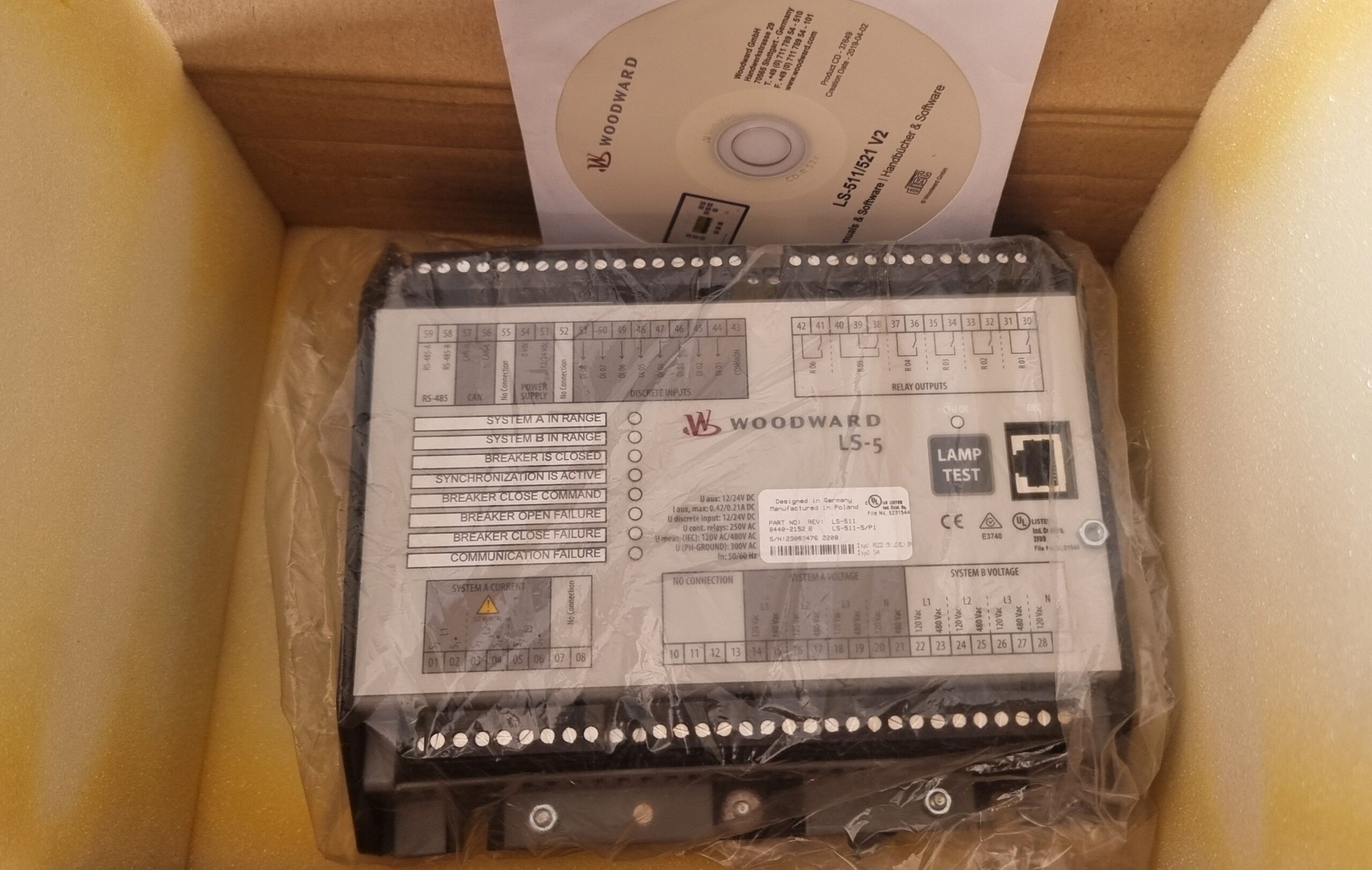
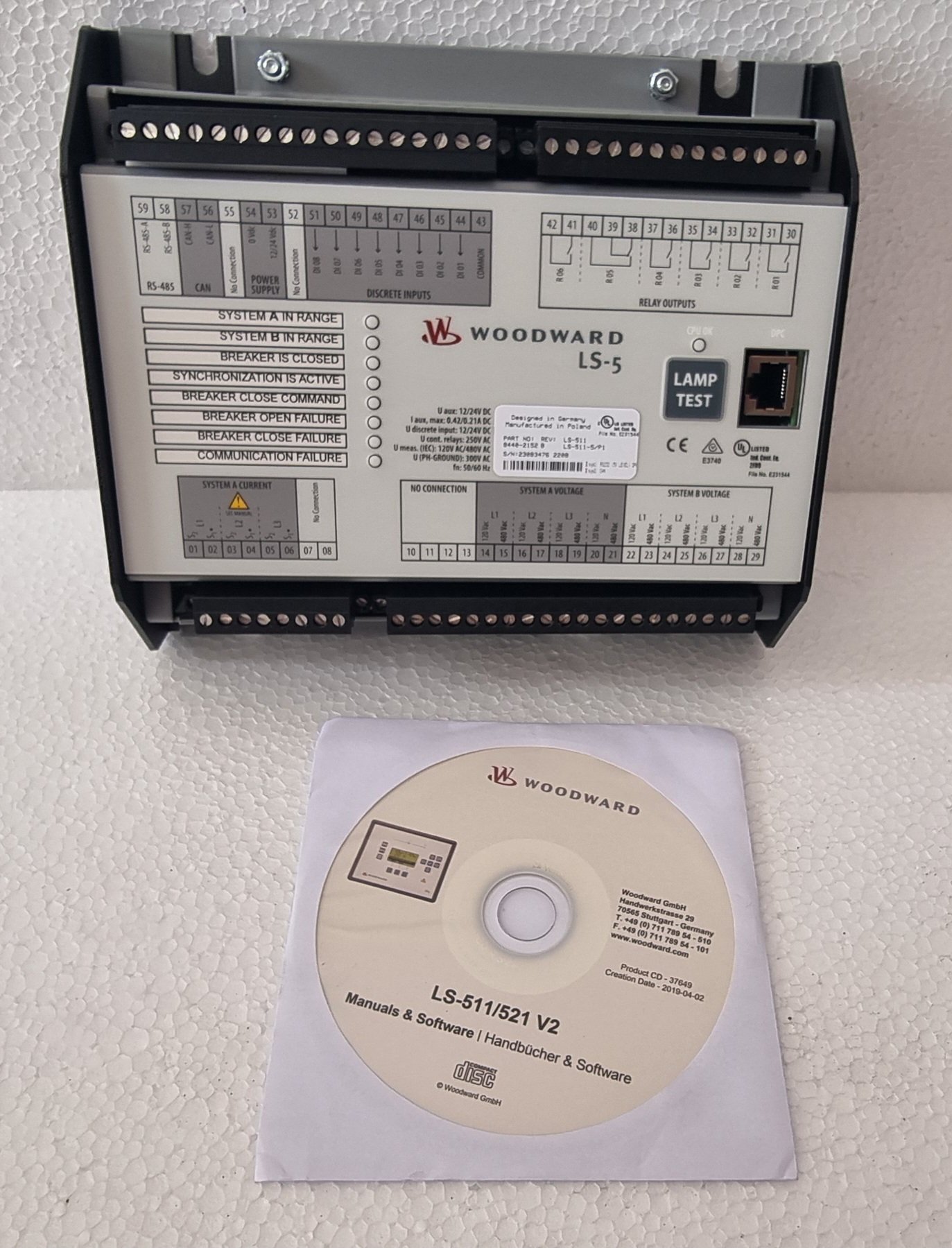
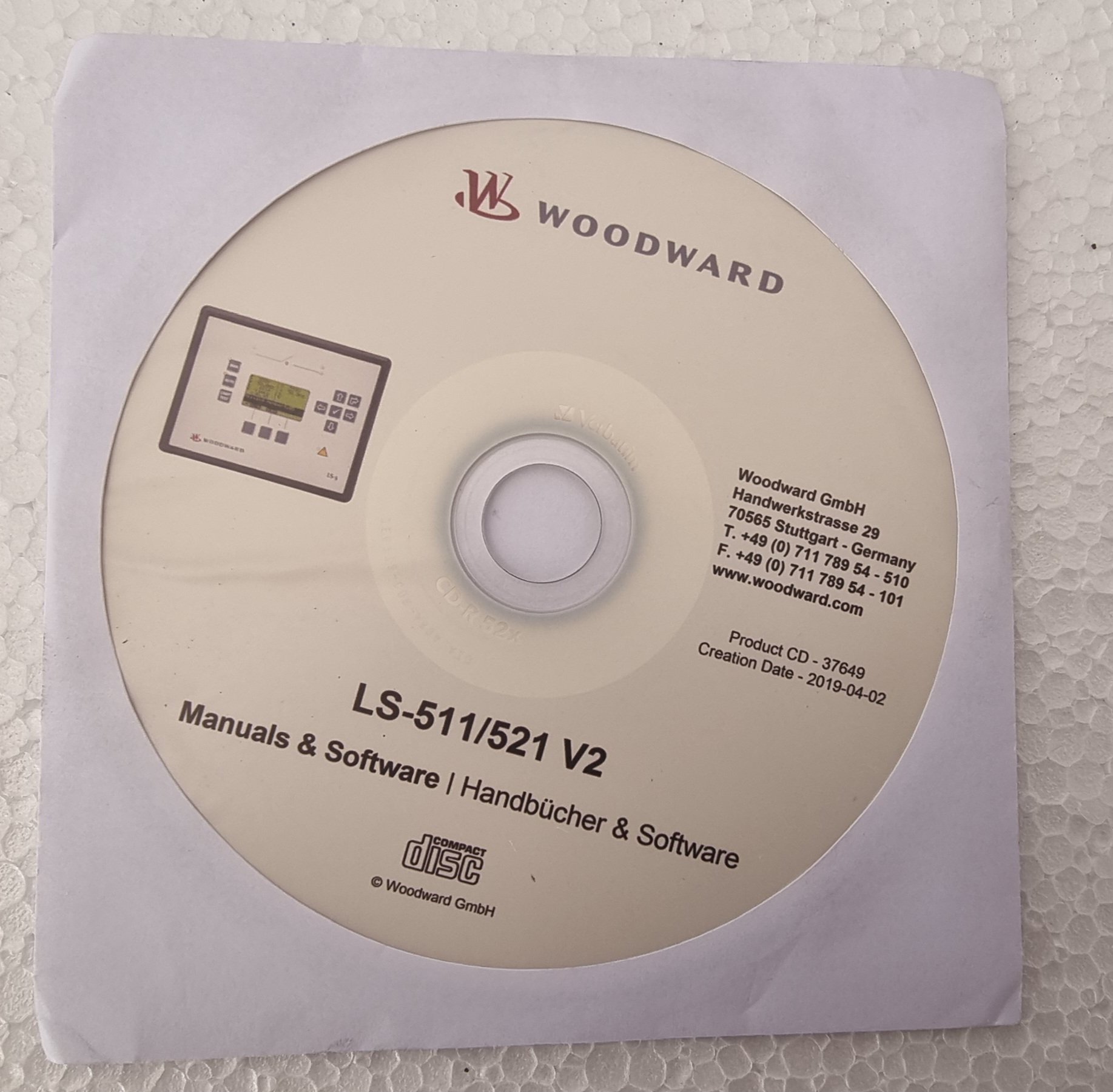
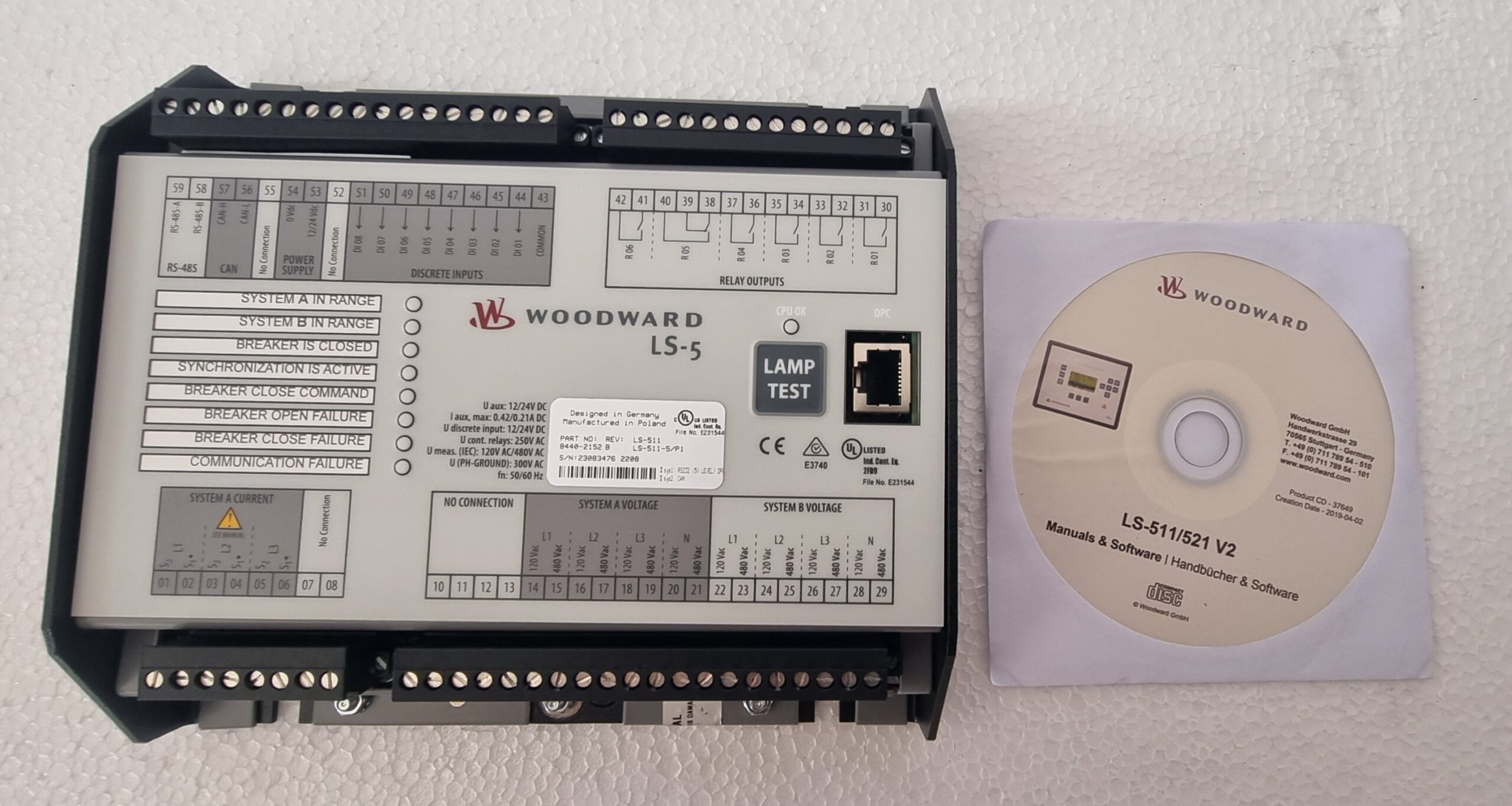
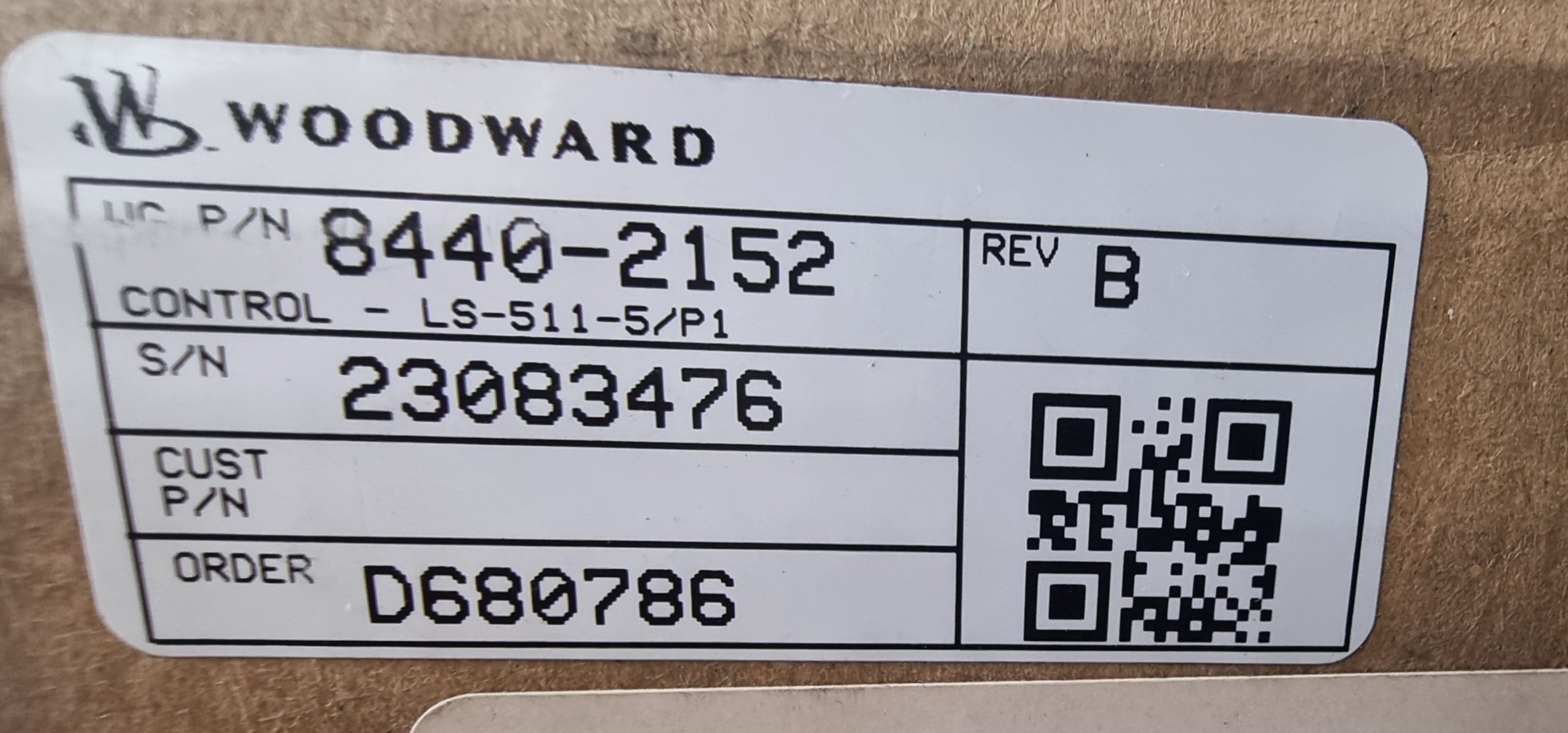
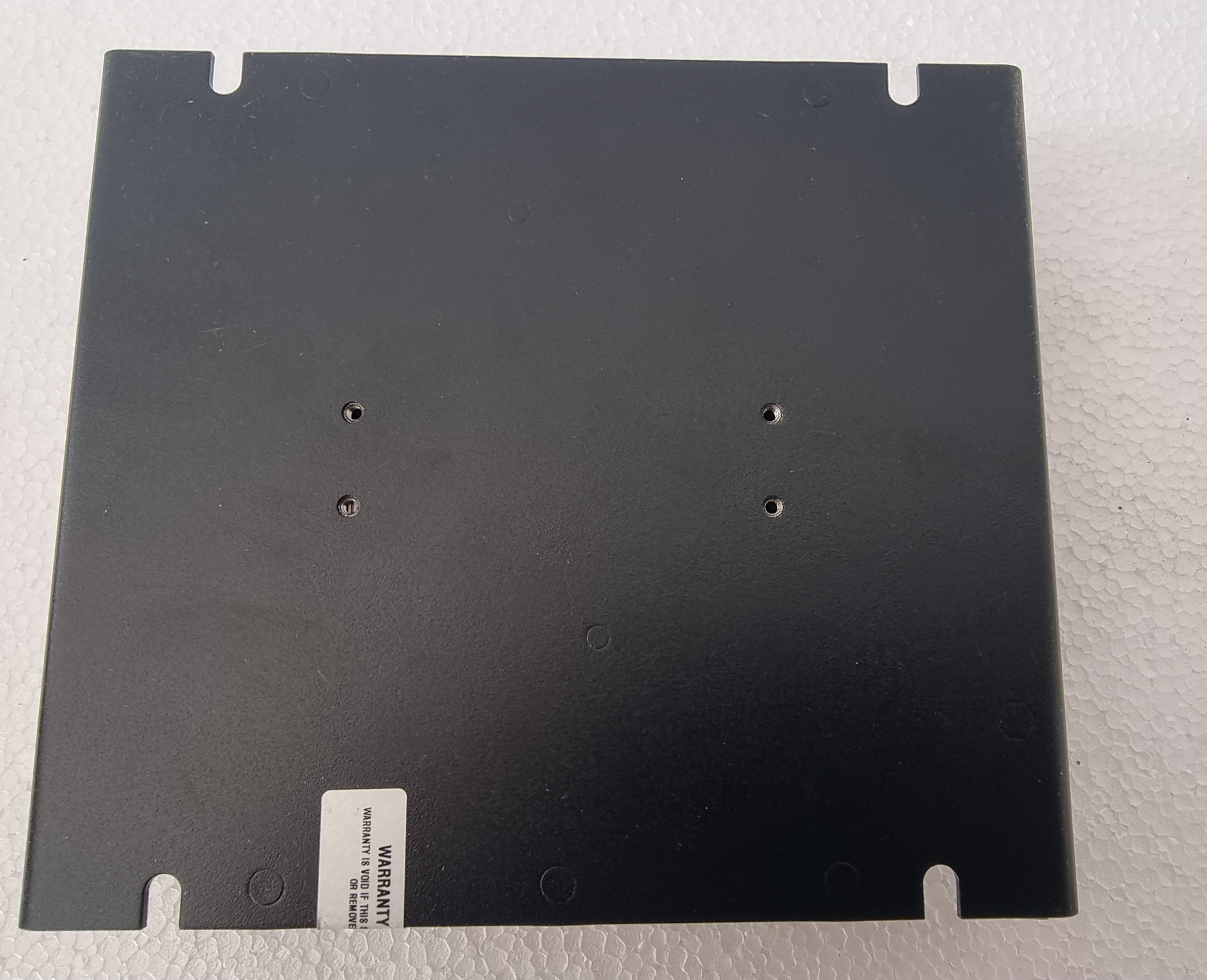
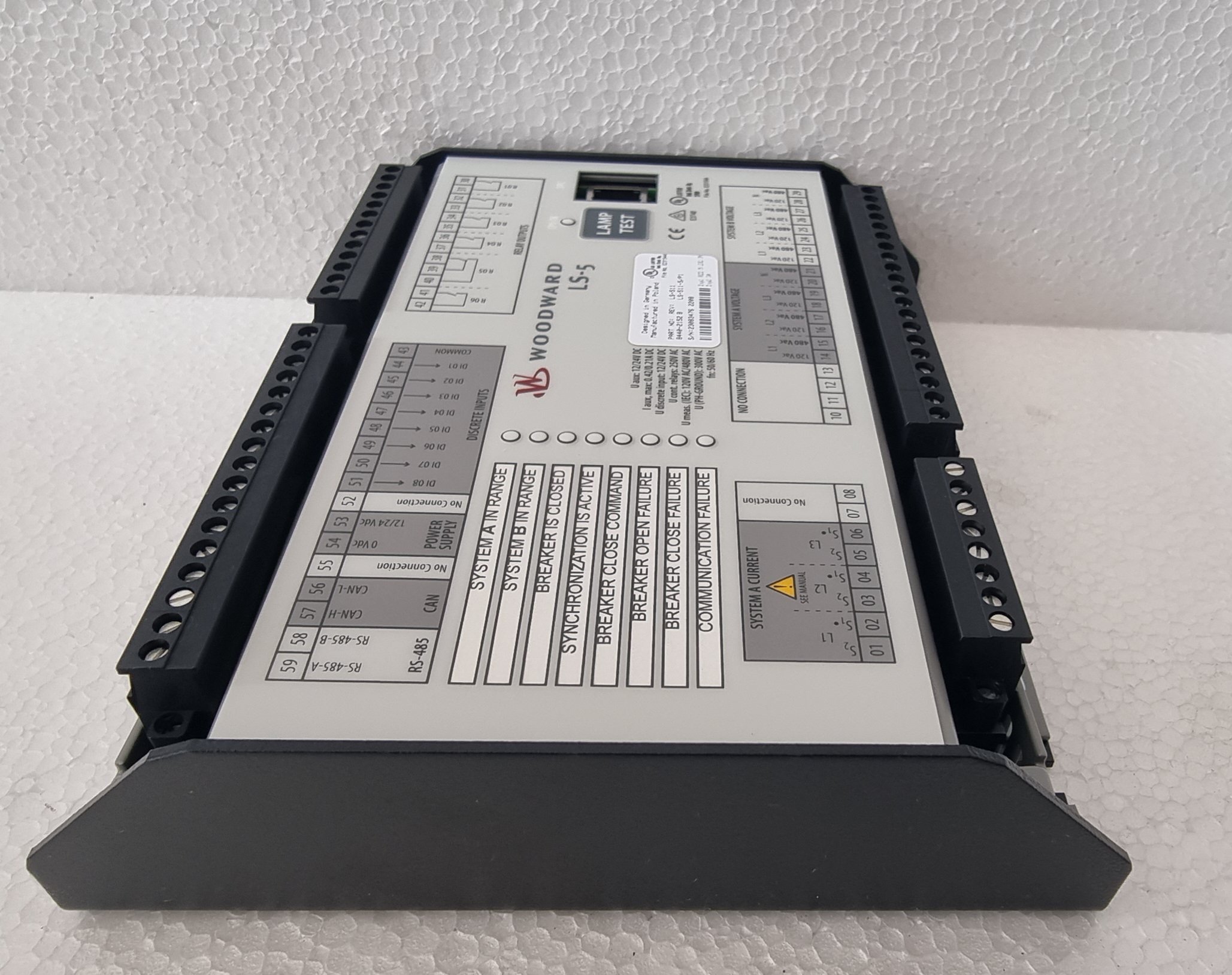
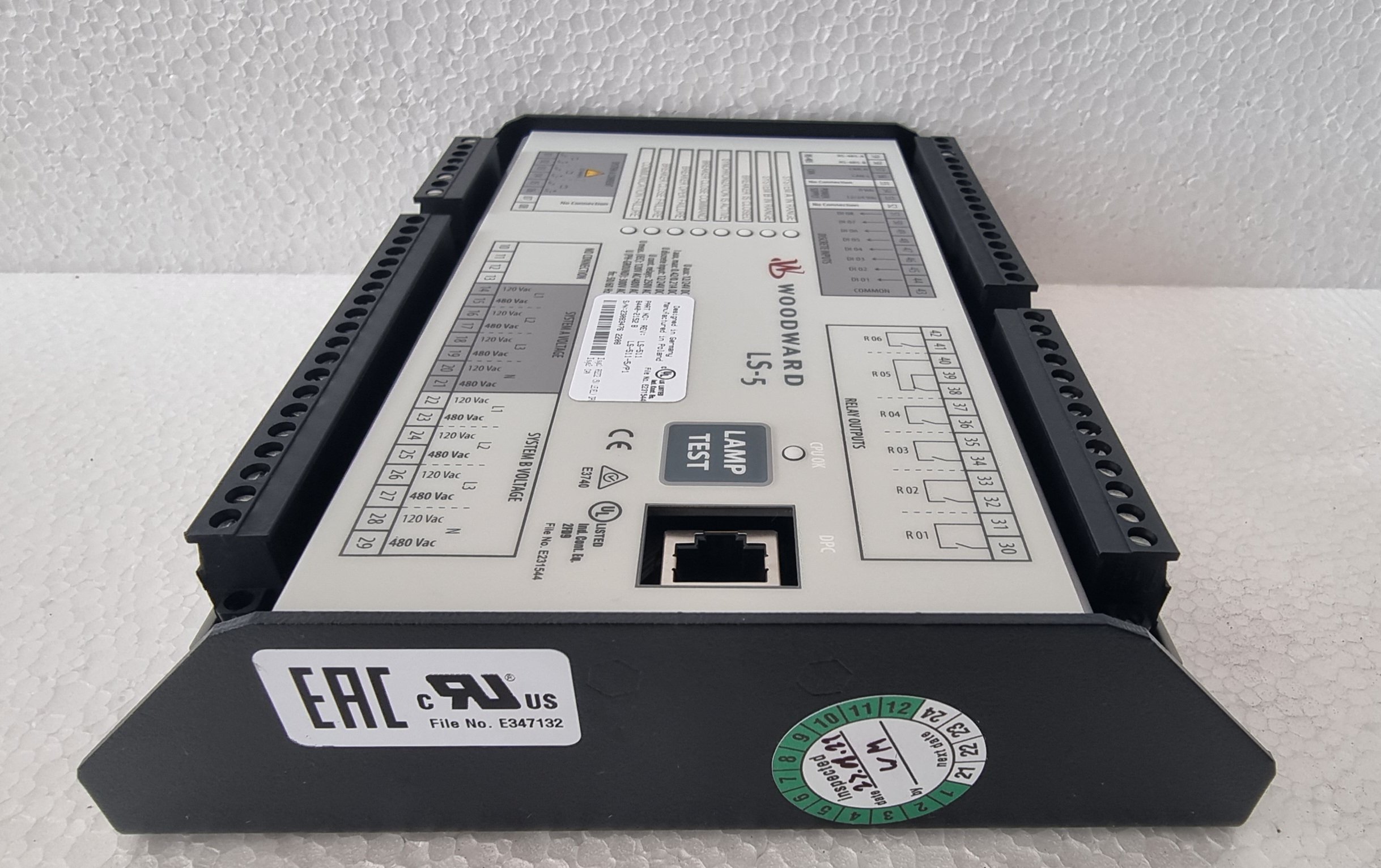
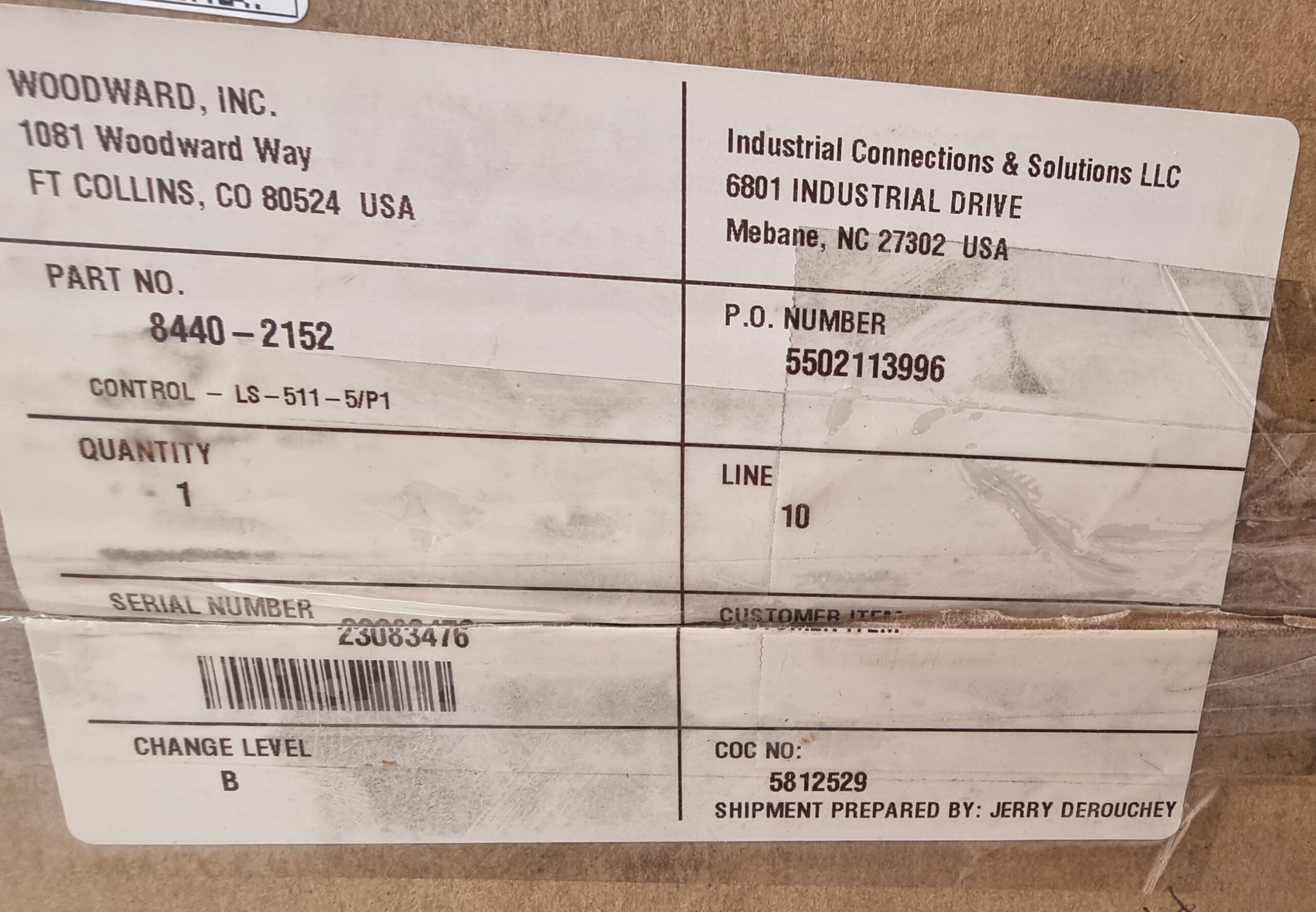
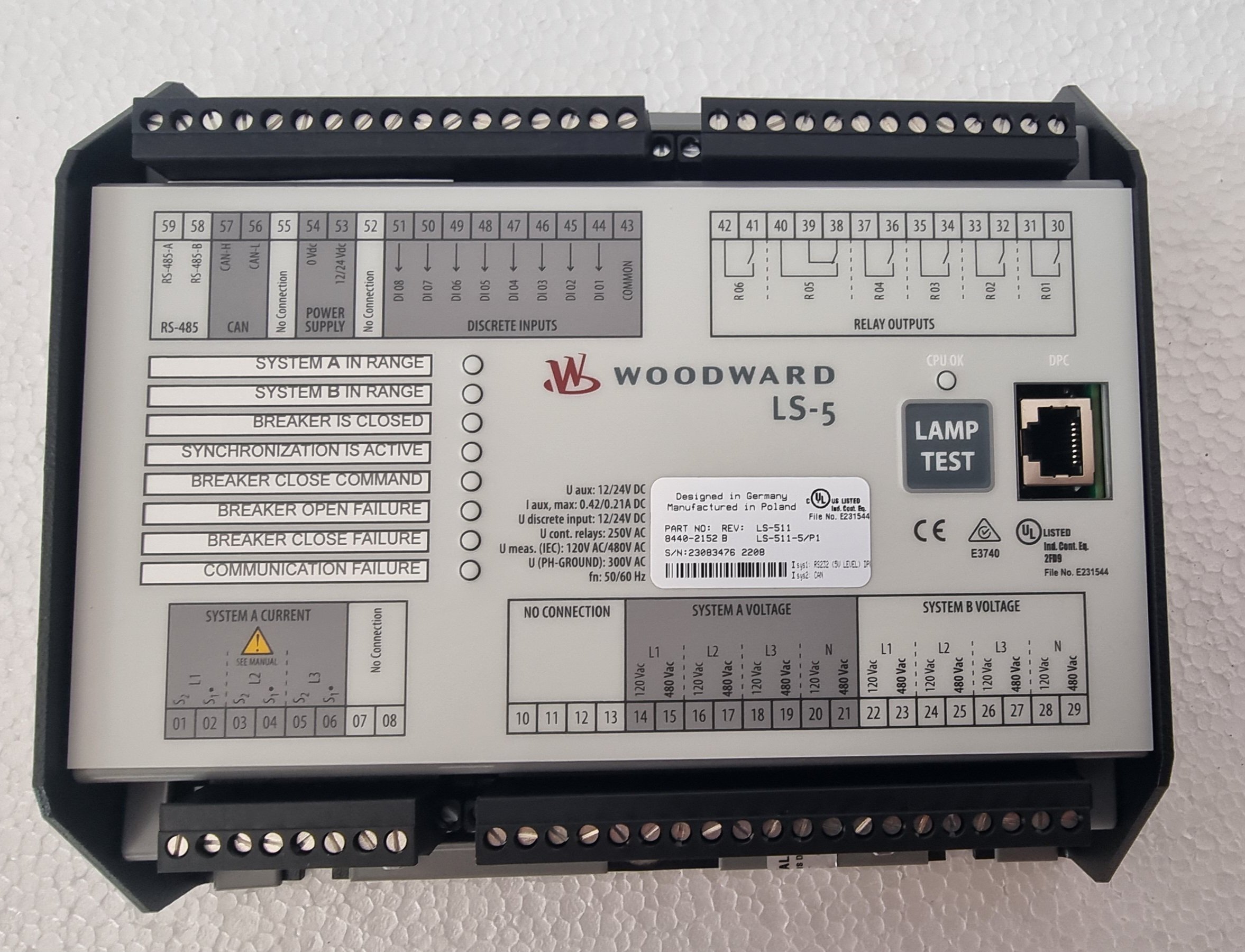
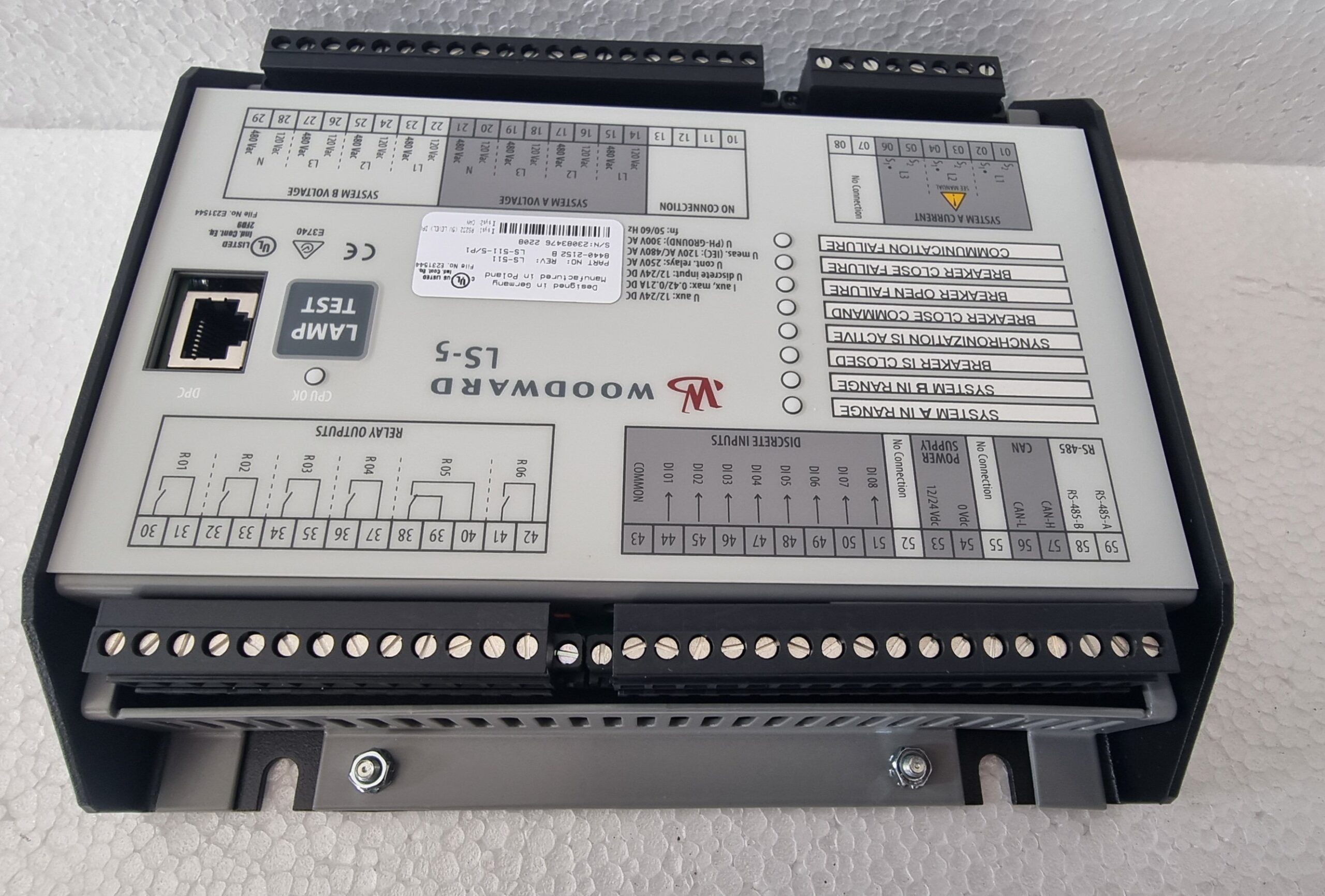
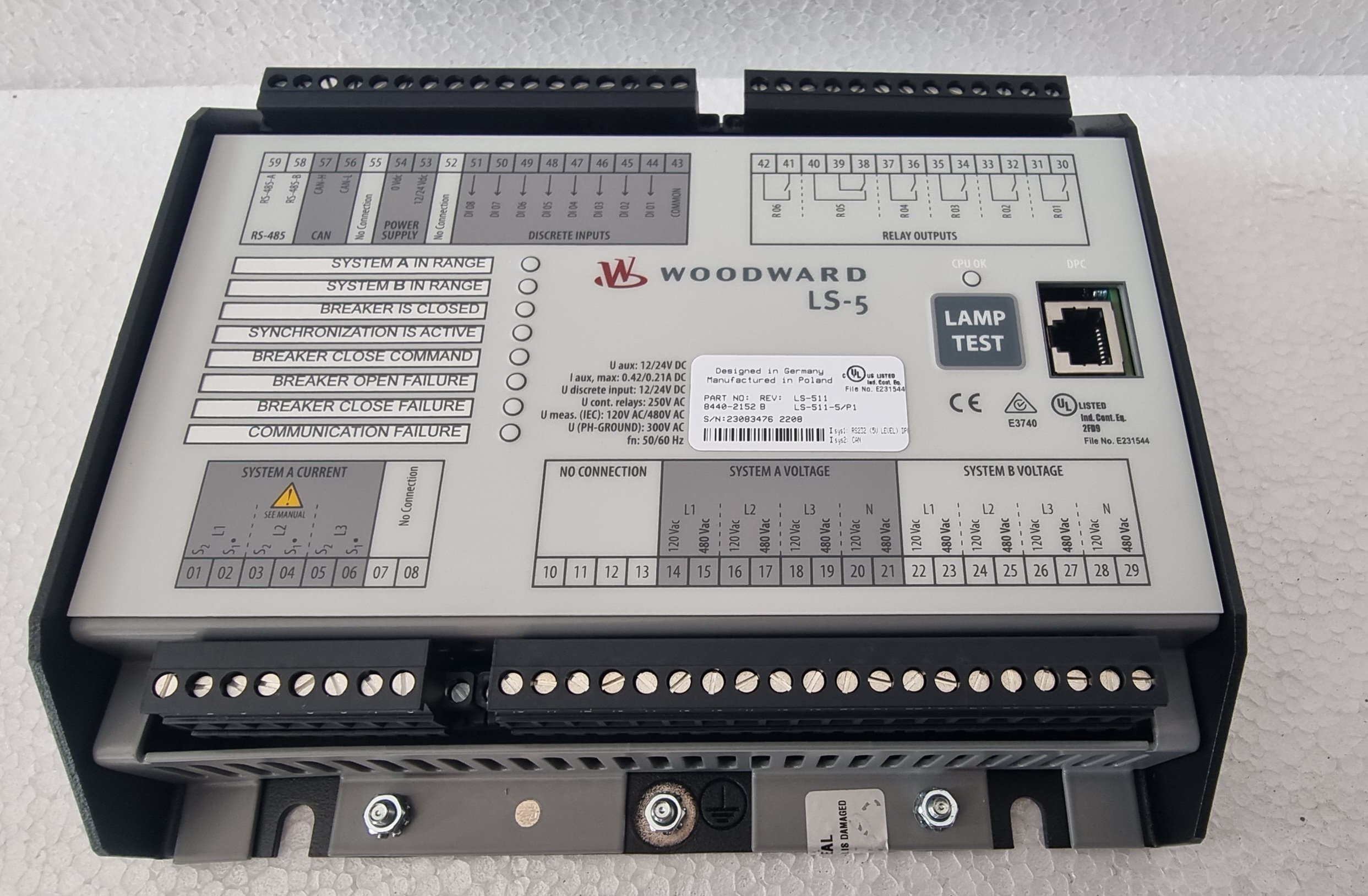
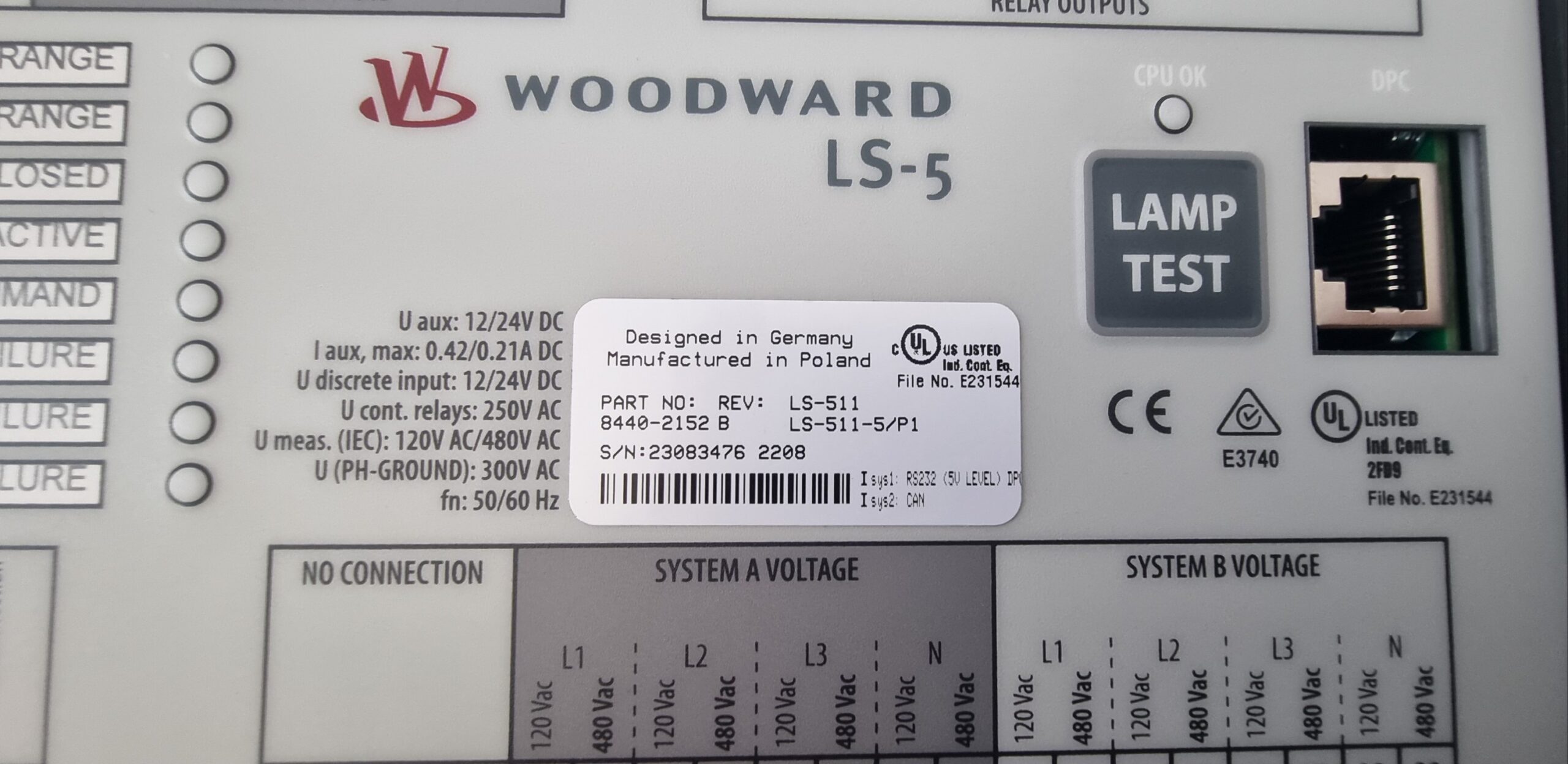
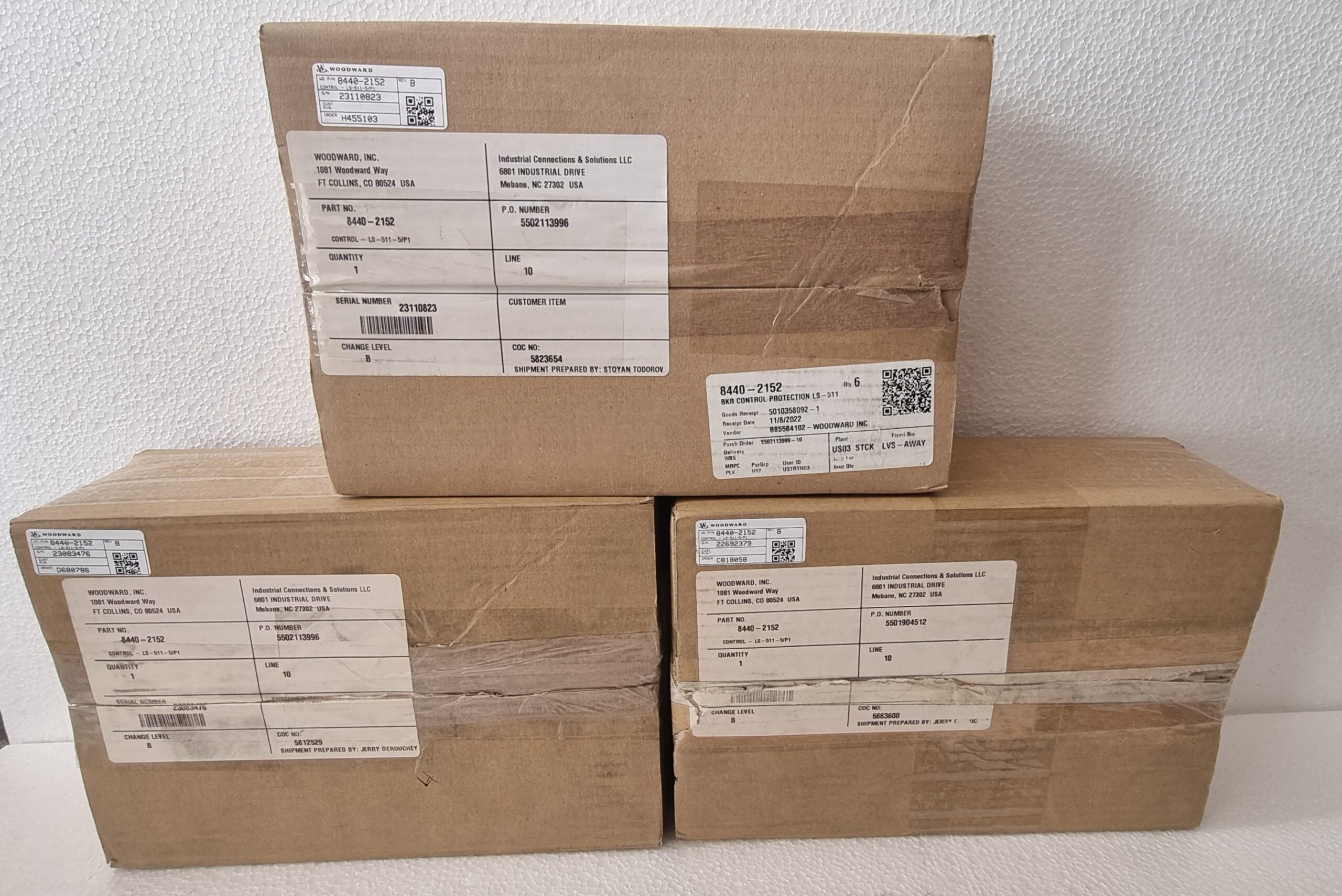
Reviews
There are no reviews yet.